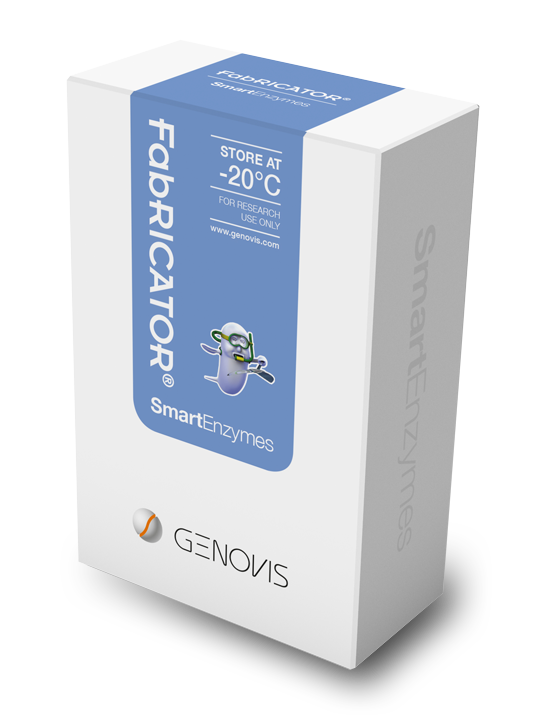
FabRICATOR used to Locate Modification Sites of IgG Caused by Reducing Agents
A charge heterogeneity is an unfavorable phenomenon observed for mAbs and is considered as a critical quality attribute since it can alter the efficacy and pharmacokinetics of biopharmaceuticals. Acidic and basic species of an IgG are due to various chemical modifications on the molecule. The origin of acidic species has previously been reported to be formed by deamidation, oxidation of side-chains, cysteinylation, glycosylation, glycation, sialylation and fragmentation while the basic species comes from C-terminal lysine clipping, pyro-glu cyclization, succinimide formation and aggregation. Scientists at Boehringer Ingelheim together with scientists at NMI at University of Tübingen recently published a study characterizing the root cause of charged species of an IgG1 mAb.
In this work, the charged variants of a monoclonal IgG1 (mAb1) were separated by fractionation using weak cation affinity chromatography (WCX). Eight acidic fractions and two main basic peaks together with the main peak of mAb1 were prepared and analyzed for biophysical properties and modifications. The charge heterogeneity did not impact the structure and stability as assessed by size exclusion chromatography (SEC) and nano-differential scanning fluorimetry (nano-SF) analyses. By using non-reducing capillary electrophoresis and peptide mapping LC-MS the researchers observed that modified disulfide bonds contribute to acidic mAb1 species. Non-complete inter S-S bond formation, free thiols, glutathionylations and trisulfide bonds were detected in the more acidic fractions of the mAb1. To locate the modified sites, the mAb1 fractions were digested with FabRICATOR to generate discrete subunits that were analyzed by intact middle level LC-MS. Modifications such as degradation, cysteinylation, glutathionylation and glycations were thereby shown to be related to the F(ab´)2 part of the molecule and not the Fc.
The data support that S-S bond rupture and following modifications contributed to the acidic variants. To verify this, mAb1 was treated with reducing agents followed by analysis by WCX and peptide mapping. The addition of cysteine or glutathion to mAb1 in vitro were found to increase the levels of acidic species. Furthermore, in cultivation experiments using ambr15™ bioreactors the addition of cysteine to medium also resulted in enhanced acidic variants of produced mAbs. Their findings support a regulation of cysteine concentration and redox potential of the media during production to control the charge profile of mAbs.

FabRICATOR
Site-specific digestion of IgG for F(ab’)2 and Fc/2 subunits.
